Small business lending is a numbers game, but when it comes to managing risk, there are subjective aspects of the process that go beyond the borrower’s cash flow and debt service coverage ratio (DSCR). Most banks and credit unions have a loan risk analysis system in place, generally outlining the 5 Cs of Credit, to make their assessment. But as we’ve noted in other posts, small business lending requires a degree of flexibility to serve both customers and the financial growth of the community.
In this post, we have tips for making your loan risk analysis process more efficient and ways in which you can more objectively assess the risk of potential loans.
What is loan risk?
Loan risk, or credit risk, is a way to measure the potential of a default and financial loss to the institution and help loan analysts assess how the terms of the loan should be structured to minimize that risk.
Every loan has some degree of risk, and loan risk analysis aims to quantify the likelihood of loss. This risk could simply come from the borrower defaulting on the loan, such as when the company goes out of business. In other cases, there could be risks associated with the interest rate, especially when interest rates are on the rise. For example, if the interest rate is set at 5% and then interest rates go up, it lessens the spread and reduces the profitability of the loan.
There are different types of loan risk that banks and credit unions face today, but for this post, we’re going to focus on credit default risk.
How do you analyze loan risk?
Many lending institutions today perform loan risk analysis using by looking at the 5 Cs of Credit, namely:
- Capacity - This is a company’s ability to repay the loan based on business performance and existing obligations, such as revenue, expenses, cash flow, and the timing of how the company plans to repay the loan.
- Capital - Capital represents what you find on the company’s balance sheet, such as net worth or debt to tangible net worth. These first two Cs mentioned are assessed through financial statement analysis, whether in Excel or using statement spreading software.
- Collateral - If the borrower were to fall behind on the loan, institutions want to know if there are assets that could be sold and used for repayment, often real estate or equipment. A valuation or appraisal would typically be obtained to ensure an accurate assessment of the security provided by the available collateral.
- Conditions - This examines the current and future state of the company’s industry and the economy in general, using market research and analysis.
- Character - While largely subjective, banks and credit unions aim to quantify the borrower's reputation and that of their business within the community, including personal credit score and history of repayment with the institution.
Institutions will most commonly measure risk using a risk rating score. The borrower is given a numerical value of a given scale, such as from one to seven or one to ten, where one is the lowest risk, typically described as exceptional. A rating of three to four would be considered average, and anything with a numerical value that’s higher would typically be regarded as below average or placed into a ”watch” category as these are deemed higher risk.
How do you optimize your loan risk analysis process?
Community banks and credit unions typically have two goals in improving their loan risk analysis process:
- Consistency - ensure it’s performed the same from one loan to the next.
- Accuracy - ensuring the calculations are correct.
Here we’ll cover a few tips to improve consistency and accuracy, as well as how to better quantify overall risk for a more objective analysis.
Financial statement spreading software
Community banks and credit unions can do a full loan risk analysis using spreadsheet applications like Excel, but spreading software is a far easier way to ensure accuracy and save time. When calculating DSCR or performing other analyses related to the Capacity or Capital assessment, built-in templates and consistent formulas provide greater accuracy and ensure the analysis is standardized from deal to deal. Automation pulls data from tax returns and the core system, and assessment tools like analyzing year-to-year growth offer deeper insights by quickly calculating the financial trends over a period of time.
Make your memo narrative “evergreen”
Much of the loan risk analysis is best covered in a free-form narrative format, rather than simply columns and rows full of numbers. When writing the narrative within a credit memo, talk about details and dates in a way that doesn’t need to be updated yearly. For example, instead of saying the company has been in business for ten years, instead say it’s been in business since 2013. This allows you to reuse the narrative repeatedly, either via cut and paste or with an auto-populating tool within your spreading software.
Use objective tools for subjective analysis
One of the trickier aspects of credit risk analysis are subjective elements such as Character and Conditions. As institutions that serve the local community, existing relationships and biases can color the risk analysis in these areas. Yet these are important aspects of the process since they can reveal bigger-picture factors that could result in higher risk.
For example, an office building project may show low risk in its historical financial statements, but the reduced demand for office space since Covid might result in a developing higher risk.
To ensure objectivity, lean on reputable third-party assessments when evaluating conditions and character. The Risk Management Association (RMA) publishes RMA Annual Statement Studies and other industry guides and metrics that assess various industries and provide financial ratio benchmarks lending institutions can use to make numbers-based assessments.
This is also true when conducting appraisals on Collateral. Ensure valuations and asset appraisals are based on industry standards and respected sources, such as Kelley Blue Book for vehicles or the NADA.
Finally, banks and credit unions should place the same level of scrutiny on a borrower’s character. It can be easy to rely on your own experience or the word of those you know and trust, but you should also incorporate credit bureau reports and scores, as well as other sources to understand the nature of a person’s character.
Smarter risk scoring
To save time and provide a more accurate and consistent picture of a loan’s potential risk, we recommend creating a risk analysis template that aims to quantify each of the 5 C’s of Credit individually and then collectively.
Spreading software, or setting up logical testing in Excel with the IF() formula, can help you evaluate whether the borrower meets your criteria more objectively. For example, when evaluating capacity, you can use a logical test to assign a Capacity rating based on DSCR; if DSCR is higher than 2.0, it gets a “minimal risk” rating of 1, if between 1.5 and 2.0, it gets an “above average” of 2, etc. If it is lower than 1, it gets a “substandard” risk rating of 6. These of course are just possible examples–your template should conform to your own risk rating scale and Loan Policy.
Risk ratings for each category can then be compiled to find the borrower’s overall risk rating.
When calculating the total risk, you can also assign weight to each category, giving more weight to those items deemed more critical. Instead of making each C 20% of the total–an even division across all 5 categories–you can use percentage formulas to make Capacity 30% of the total.
Another handy trick you can use to ensure consistency across loan risk analyses–use Data Validation tools in Excel to require a certain number format. For example, if you want to require analysts to use only whole numbers when inputting their rating numbers, you can create dropdown menus within the spreadsheet that only offer whole number options for selection.
Limiting risk across your portfolio
Credit risk analysis is not just one step in the loan analysis and underwriting process. Essentially every task completed, from collecting financial statements to calculating global cash flow, is used to assess risk. Ultimately, the work helps banks and credit unions determine whether to make the loan and if so, what are the terms of the loan to account for the risk being taken.
By using a more objective and data-based loan risk analysis process, your institution will not only better understand the risk of each loan, but it will create a consistent, accurate system for all loan analysts.


